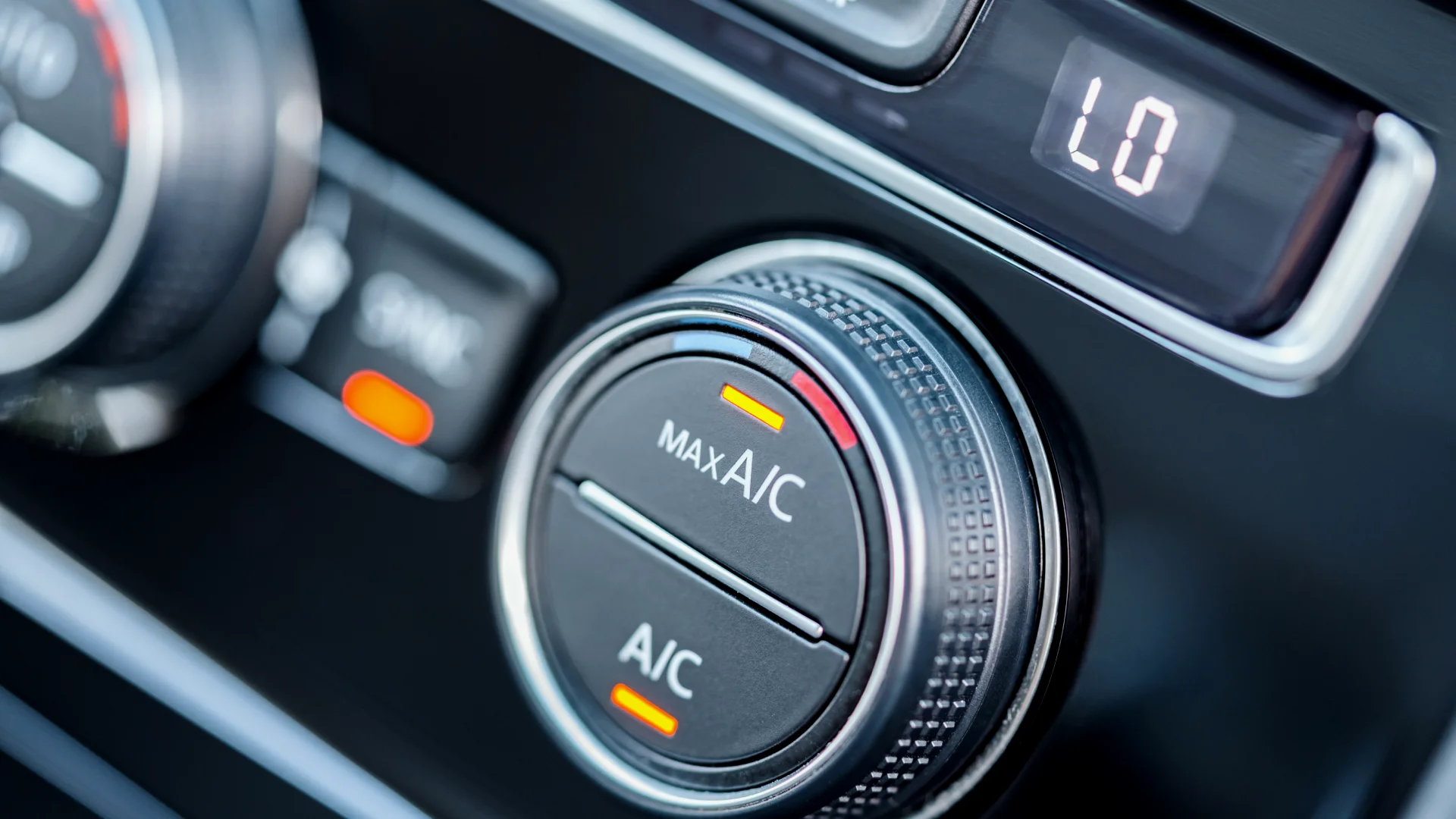In the midst of a sweltering summer or right before the onset of a scorching heatwave, one of the most critical comforts in a vehicle or home is the air conditioning system. Regassing, or recharging the air conditioning (AC) system with refrigerant, is a common maintenance task that not only ensures a cooler environment but also enhances the overall efficiency of the system.
The process, while seemingly straightforward, involves several steps and varies in duration depending on several factors. In this article, we will explore the process of regassing an air conditioning system, the time it typically takes, and the factors that can influence this duration.
What is Regassing?
Regassing refers to the process of topping up or replacing the refrigerant in an air conditioning system. This refrigerant is essential for the AC system to produce cold air. Over time, it is normal for an air conditioning system to lose some of its refrigerant due to leaks or natural depletion, which reduces its cooling efficiency. Regassing restores the system’s ability to cool effectively by refilling it with the appropriate amount of refrigerant.
Steps Involved in Regassing
The process of regassing an air conditioning system typically includes the following steps:
- System Check: Before any regassing is done, a thorough check of the air conditioning system is necessary. This includes checking for leaks or damage, as these issues need to be resolved before adding new refrigerant.
- Evacuation: The old refrigerant is evacuated from the system. This step ensures that any remaining refrigerant is removed along with moisture and contaminants.
- Vacuum Test: After evacuation, a vacuum test is conducted to ensure that there are no leaks in the system. This step is crucial as adding new refrigerant to a leaking system is counterproductive.
- Regassing: Once the system has passed the vacuum test, new refrigerant is added. The type and amount of refrigerant depend on the specifications of the system being serviced.
- Performance Check: After the system has been regassed, it is tested to ensure it is working correctly and efficiently.
Duration of the Regassing Process
The time it takes to regas an air conditioning system can vary based on several factors. Typically, the process takes between 30 minutes to an hour for most vehicles. For home air conditioning systems, the process might take a bit longer, from one to several hours, depending on the system’s size and complexity.
Factors Influencing the Duration
Several factors can affect how long the regassing process takes:
- System Size and Type: Larger systems or those with dual-zone capabilities (common in larger homes or vehicles) may take longer to regas due to the larger quantity of refrigerant and more complex system components.
- Condition of the System: If the system requires repairs such as fixing leaks or replacing damaged components, this can extend the duration of the maintenance.
- Equipment Used: The type of equipment used for evacuation and regassing can affect how quickly the process is completed. More modern and efficient machines can shorten the process time.
- Technician Experience: Experienced technicians can perform the regassing more quickly and efficiently, as they are more familiar with the intricacies of different air conditioning systems.
Conclusion
Regassing your air conditioning system is a crucial maintenance task that should not be overlooked. While the time it takes can vary, ensuring it is done correctly is more important than how quickly it can be completed. Regular maintenance checks can prevent the degradation of your system’s performance over time, ensuring that it remains efficient and effective in providing a cool and comfortable environment.







